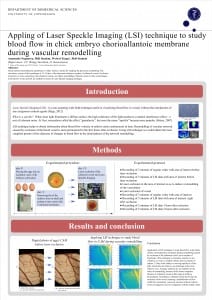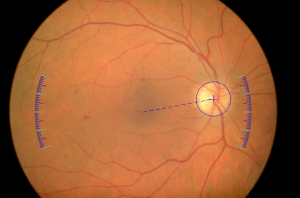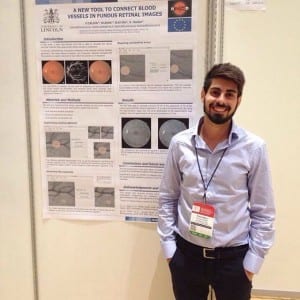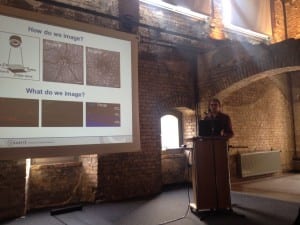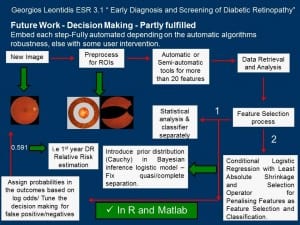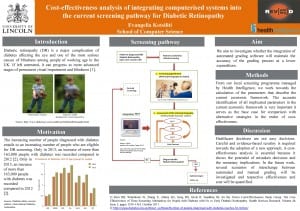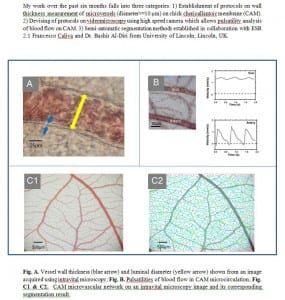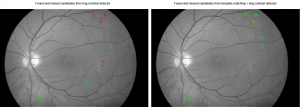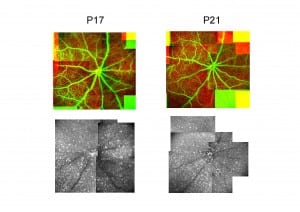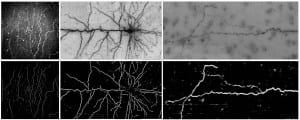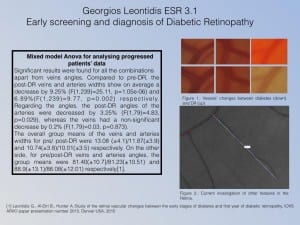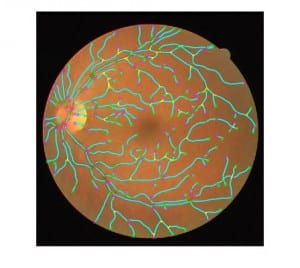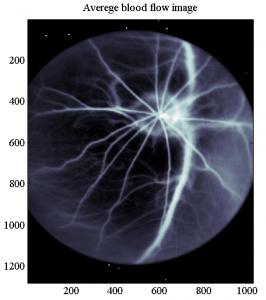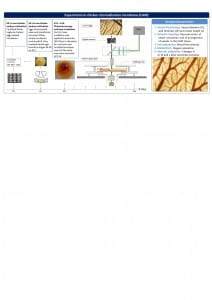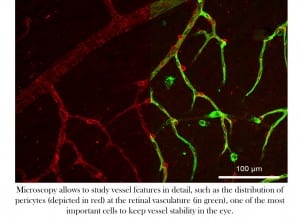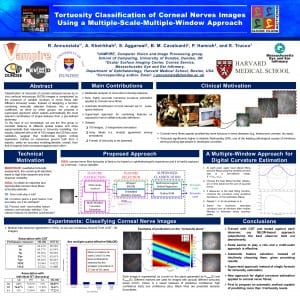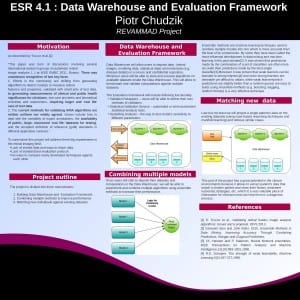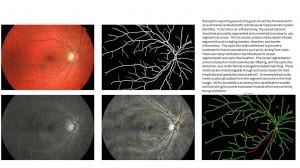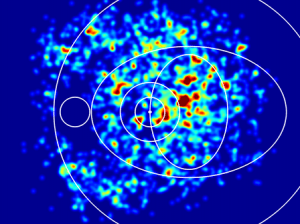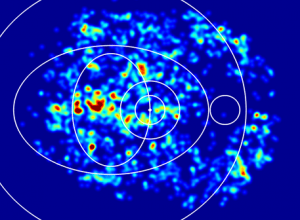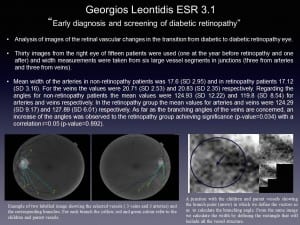During this reporting period, the model of the retinal vascular network was improved and myogenic response gradient through the network was implemented. Major results for a modelling paper were obtained. A draft of paper on modelling was written.
Also, animal experiments were carried out: set-up and methods were improved. Experiments focused on retinal reaction on chemicals of normal rats. Vessels in inner retina were successfully detected and raw data now is analysed. In the near future, writing of a draft on results of experiments is planned.
Two months were spent in Berlin, where the secondment took place. There, proper working with egg’s embryos were studied. LSI techniques in order to measure blood flow in CAM during vascular remodelling were applied.
